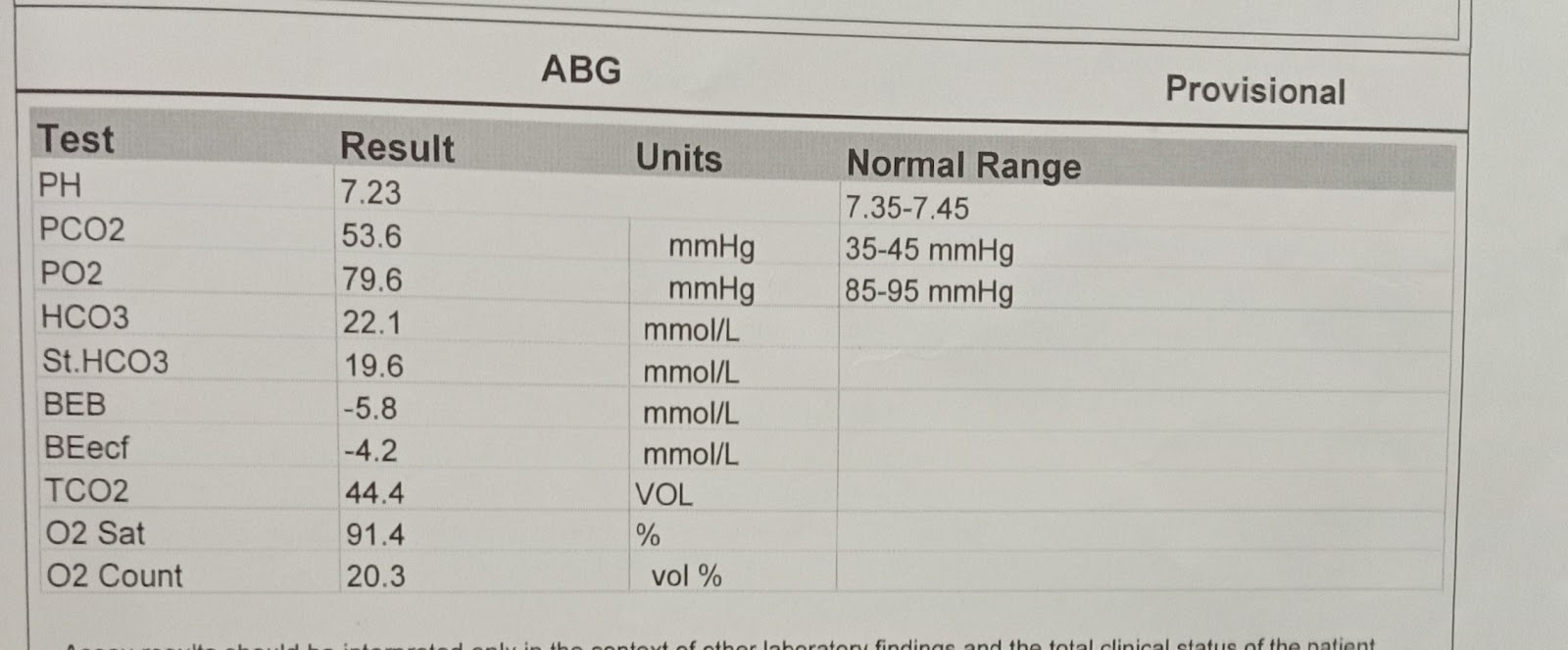Prefinal OSCE and learning points
1)What is a dialysis fistula bruit?
During dialysis an AV fistula is created by connecting an artery to a vein under the skin, usually in the forearm and consists of a bruit, a thrill, and a good flow rate.
The rumbling or swooshing sound of a dialysis fistula bruit is caused by the high-pressure flow of blood through the fistula. Although the bruit is usually heard with a stethoscope, it also can be felt on the overlying skin as a vibration, also referred to as a thrill.
As large amounts of blood move through AV fistulas at a rapid pace from high-pressure arteries into low-pressure veins, creating a constant murmur.
2)What is the possible level of spinal injury seen in the patient?
While the muscle tone is reduced, the patient is still able to walk with difficulty. This may point to paralysis between L3 to S5. At this level, one can usually walk with or without braces or a walker. However bladder function may be affected as seen in the patient.
3) What could be cause of shortness of breath
Extra fluid in the body can build up in the lungs in the case of chronic kidney disease. The build up of acids, combined with anemia, can result in shortness of breath.
